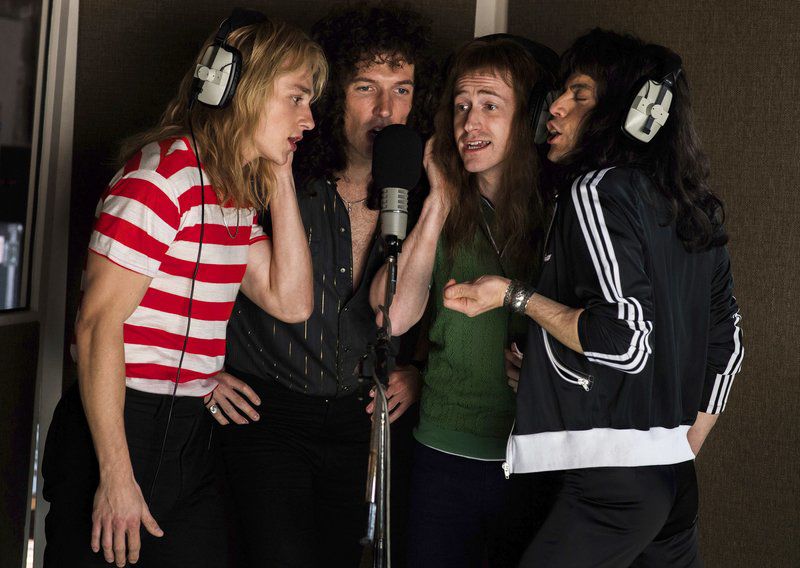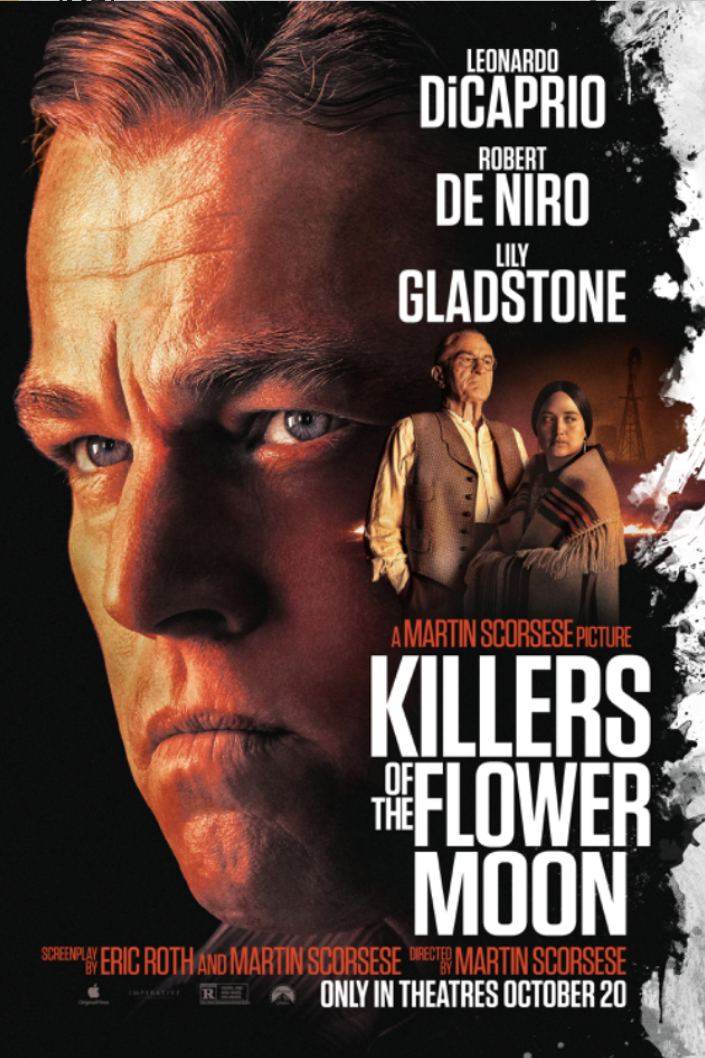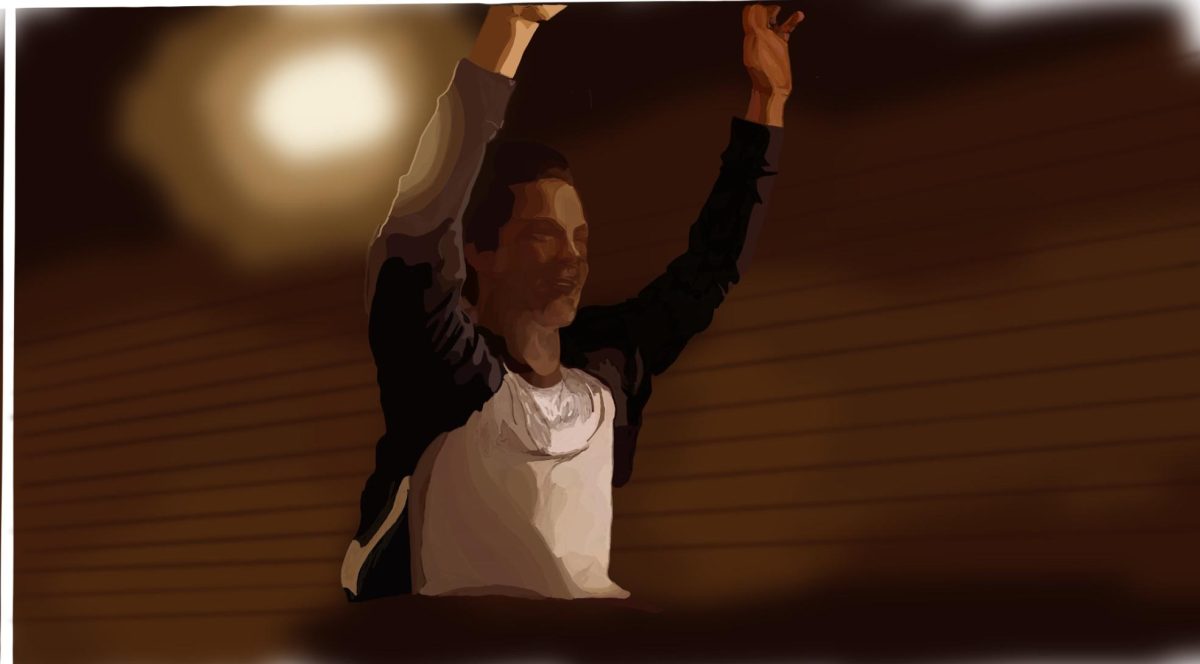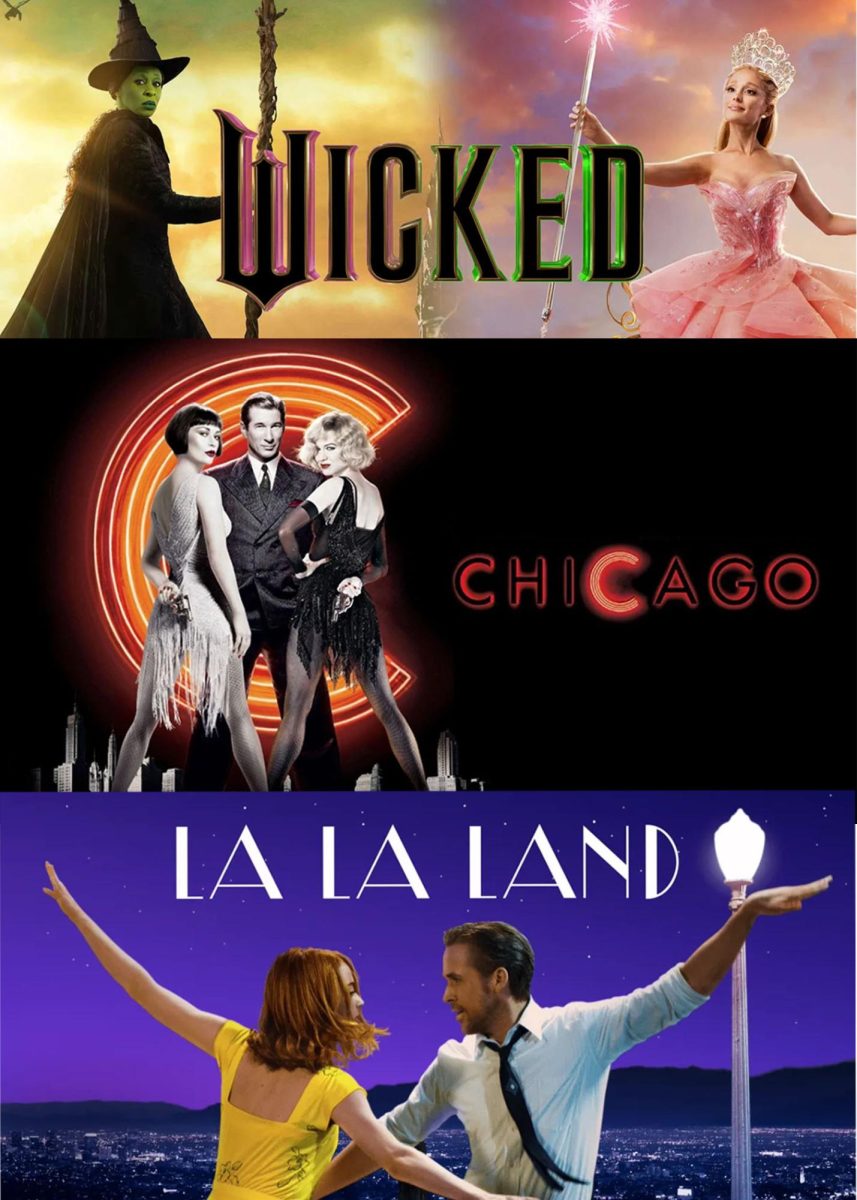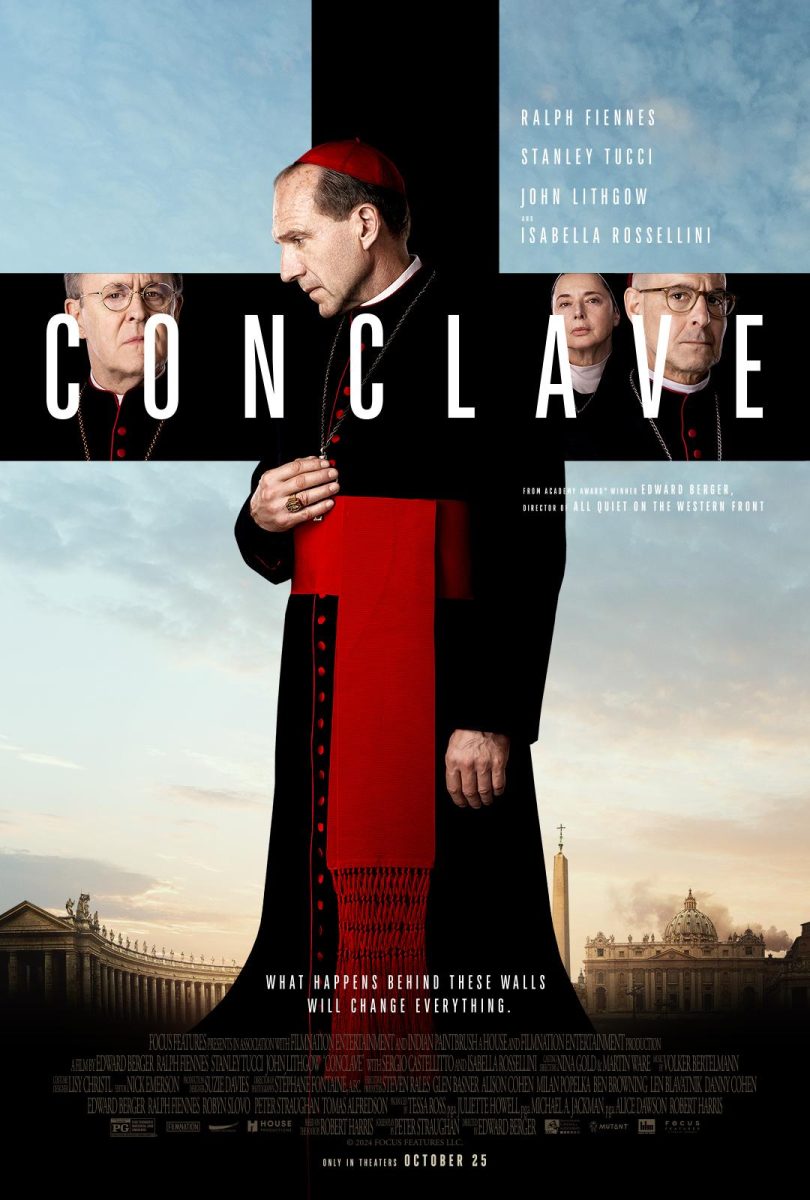When people think of the band Queen, they may think of the rock anthem “Another One Bites the Dust,” the audience-collaborating “We Will Rock You” or the groundbreaking, genre-mixing “Bohemian Rhapsody.” On Nov. 2, the biopic “Bohemian Rhapsody” was released and had a whopping $50 million opening. At times, the movie does ignore real facts about Queen—like the dates of significant events—to truly convey Freddie Mercury’s (Rami Malek) immense emotion in performances. The whole movie is a tribute to Mercury, and Malek plays the part flawlessly with all of the late singer’s mannerisms to pay tribute to his musical genius.
The beginning of the film tells the lesser-known story of Mercury’s past. Mercury was born as Farrokh Bulsara in Zanzibar and grew up in India before moving to England as a teen with many cats and his traditional family who did not bode well with rock-and-roll. Malek acts in his first scene as a starry-eyed music lover with a severe overbite who shows off his vocal abilities to Roger Taylor (Ben Hardy) and Brian May (Gwilym Lee).
Hardy, Lee and Joseph Mazzello (who plays John Deacon) are convincing as band members, looking like their real-life counterparts. A prominent theme throughout the film is the idea of the band members being a group of misfits that fit together as a family. Malek, along with the other actors of the bandmates, reenact Queen’s relationship humorously with Mercury’s domineering personality and heartbreakingly with his departure from the band for a solo career. Mike Myers, who ironically popularized “Bohemian Rhapsody” in “Wayne’s World,” even makes a humorous cameo as Ray Foster, the producer who did not believe in Queen because of “Bohemian Rhapsody”—prompting the band members to further show their brotherhood with each other and passion for music.
The way Malek walks on stage, moves the microphone, calls everyone darling and sings in a unique tone is executed in the same exact way as Mercury’s flamboyant personality. The scene where the band writes “Bohemian Rhapsody” pays tribute to Mercury’s musical genius, as he created a six-minute song mixing genres like rock, ballads, acapella and even opera. From showing the immense crowd at the Live Aid performance to Mercury’s interaction with the crowd when singing “We Will Rock You,” the concerts in the movie are believable as they meticulously recreate the fervor of the moment as if they were the live performances.
The only noticeable flaw is the film is a mistake in facts. In the film, Mercury is diagnosed with AIDS before his Live Aid performance, but in real life, he was diagnosed with AIDS in 1987—two years after Live Aid. The film conveys the passion and purpose of the Live Aid performance, exemplifying that “Bohemian Rhapsody” may be Mercury’s death statement as he neared the end of his life. Although the dates in the movie may not align with reality, the mistake is most likely on purpose to truly convey how special the Live Aid performance was.
The film “Bohemian Rhapsody” utilizes Malek’s brilliant acting and the uncanny resemblance to Mercury to realistically tell the story of Mercury’s life and his relationship with Queen—even if all details are not accurate.


